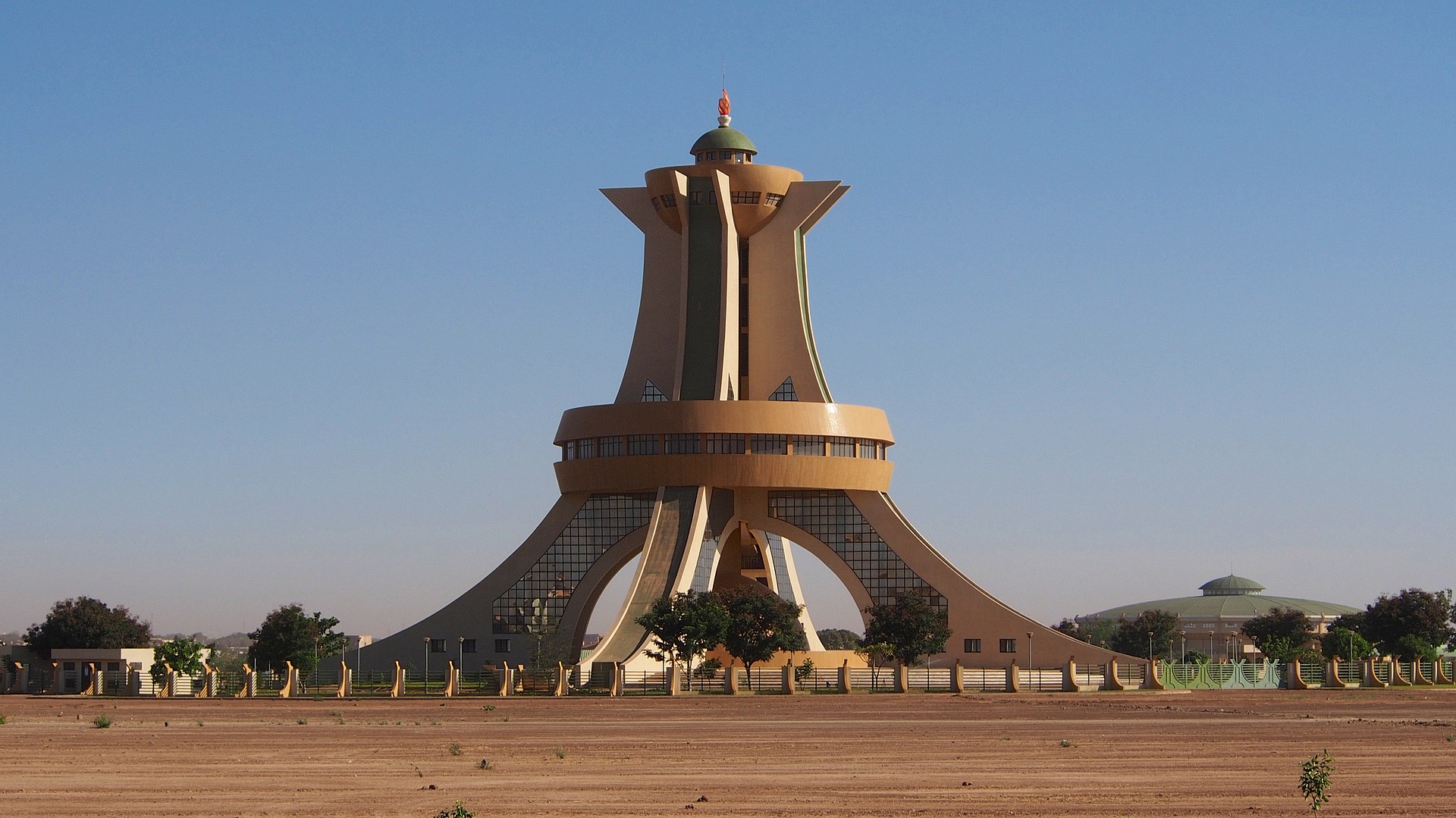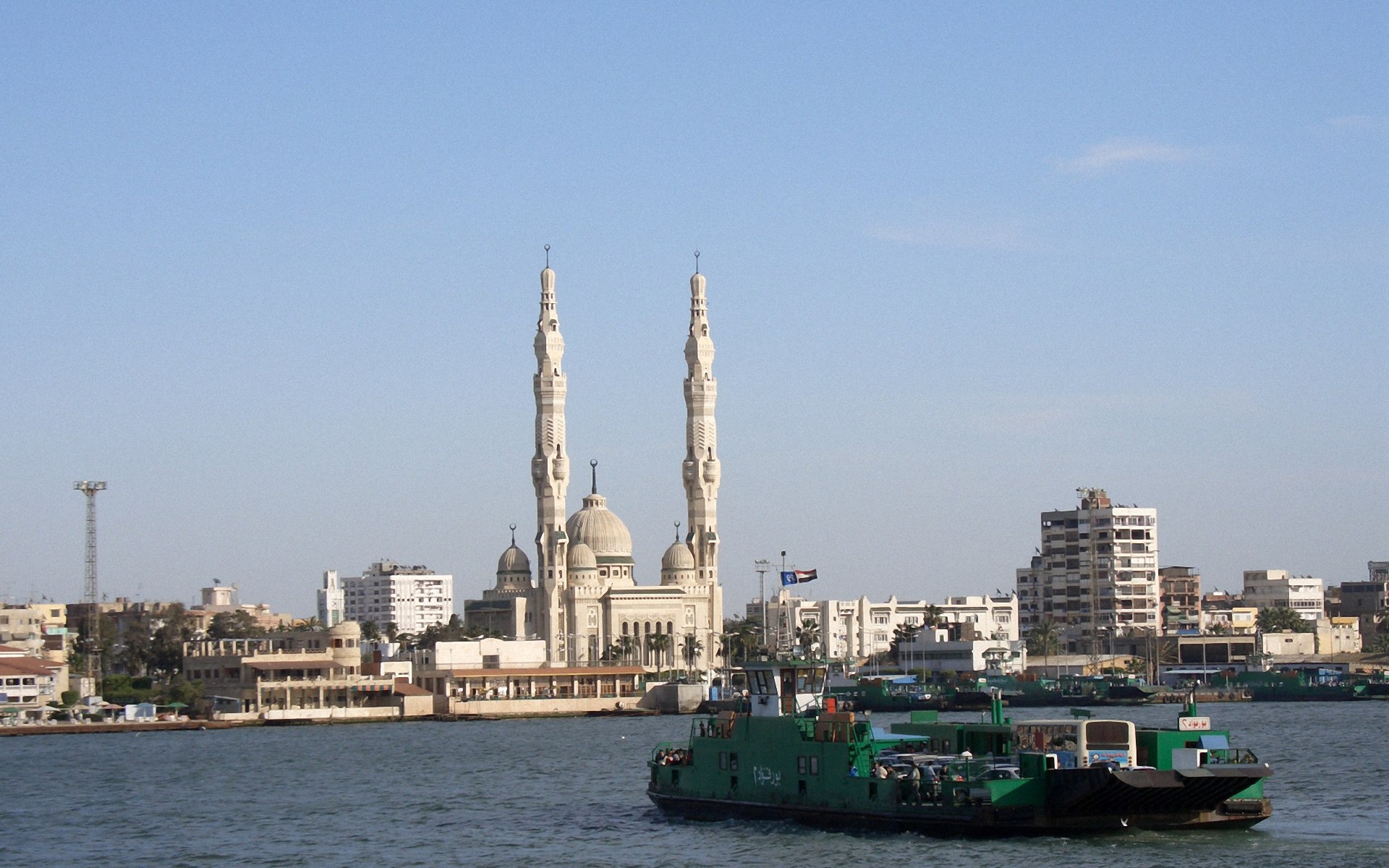
Deutsch-Chinesische Enzyklopädie, 德汉百科





又译“塞得港”,位于埃及(全称:阿拉伯埃及共和国THEARABREPUBLICOFEGYPT)东北沿海苏伊式运(SUEZ)运河的北口,濒临地中海 北岸,赛德港是埃及主要港口城市之一,也是世界最大转运港之一,埃及第二大港市,也是世界煤炭和石油储存港之一,赛德港省首府,被称为“埃及的香港”。







Tunis (arabisch تونس, DMG Tūnis, Zentralatlas-Tamazight ⵜⵓⵏⵙ Tunes) ist die Hauptstadt Tunesiens und Provinzhauptstadt des gleichnamigen Gouvernements. Sie ist die größte Stadt Tunesiens und hatte im Jahr 2014 laut Zensus 1.056.247 Einwohner. In der Agglomeration wohnen etwa zwei Millionen Einwohner (Juni 2014).[2] Ihr historischer Kern, die Médina, steht auf der UNESCO-Welterbe-Liste.
Nachdem die Stadt ein bescheidenes Dorf im Schatten von Karthago, Kairouan und danach Mahdia gewesen war, wurde sie am 20. September 1159 (5. Ramadan 554 des muslimischen Kalenders) unter der Regierung der Almohaden als Hauptstadt genannt. Ihr Status wurde danach im Jahr 1228 von den Hafsiden bestätigt und auch nach der Unabhängigkeit des Landes von Frankreich am 20. März 1956.
Tunis ist die ökonomische und kommerzielle Hauptstadt Tunesiens. Ihr dichtes Straßen- und Autobahnnetz und ihre relativ fortgeschrittene Fluganbindung machen sie zu einem Konvergenzpunkt des Nationalverkehrs. Diese Situation ist ein Ergebnis einer langen zentralistischen Politik, die dazu beigetragen hat, dass sich alle wichtigen Institutionen in Tunis befinden.
Im Laufe des 20. Jahrhunderts hat sich die Agglomeration außerhalb der Grenzen der Gemeinde erweitert. Zurzeit erstreckt sich Tunis über vier Gouvernorats, Tunis, l'Ariana, Ben Arous und La Manouba, und wird Le Grand Tunis (das große Tunis) genannt.
チュニス(Tunis、تونس ラテン文字転写 : Tūnis トゥーニス)は、チュニジア共和国の首都であり、同国のチュニス県の県都でもある。また同国の商業・工業の中心地で、アフリカ有数の世界都市である。2014年のシンクタンクの発表によると、世界第81位の都市と評価されている。北アフリカではカイロ、カサブランカに次ぐ第3位である。 人口約83万人(2004年12月現在)。近郊を含む都市的地域の人口は235万人であり、世界第164位である[1]。市街はチュニス湖とその西方の塩湖セブカ・セジューミ(fr)の間の地峡部にあり、チュニス湖は、地峡部を横断する運河で、地中海・チュニス湾に面する外港のラ・グレットと結ばれる。オリーブ油・リン鉱石などを輸出。チュニス大学がある。
Tunis (Arabic: تونس ![]() Tūnis) is the capital and largest city of Tunisia. The greater metropolitan area of Tunis, often referred to as "Grand Tunis", has about 2,700,000 inhabitants, making it the third-largest city in the Maghreb region (after Casablanca and Algiers) and the sixteenth-largest in the Arab world.
Tūnis) is the capital and largest city of Tunisia. The greater metropolitan area of Tunis, often referred to as "Grand Tunis", has about 2,700,000 inhabitants, making it the third-largest city in the Maghreb region (after Casablanca and Algiers) and the sixteenth-largest in the Arab world.
Situated on a large Mediterranean Sea gulf (the Gulf of Tunis), behind the Lake of Tunis and the port of La Goulette (Ḥalq il-Wād), the city extends along the coastal plain and the hills that surround it. At its core lies its ancient medina, a World Heritage Site. East of the medina through the Sea Gate (also known as the Bab el Bhar and the Porte de France) begins the modern city, or Ville Nouvelle, traversed by the grand Avenue Habib Bourguiba (often referred to by popular press and travel guides as "the Tunisian Champs-Élysées"), where the colonial-era buildings provide a clear contrast to smaller, older structures. Further east by the sea lie the suburbs of Carthage, La Marsa, and Sidi Bou Said. As the capital city of the country, Tunis is the focus of Tunisian political and administrative life; it is also the centre of the country's commercial and cultural activities. It has two cultural centres, as well as a municipal theatre that is used by international theatre groups and a summer festival, the International Festival of Carthage, which is held in July.
Tunis ([ty.nis] ; arabe : تونس, tūnis [ˈtuːnɪs]2 Écouter) est la ville la plus peuplée et la capitale de la Tunisie. Elle est aussi le chef-lieu du gouvernorat du même nom depuis sa création en 1956. Située au nord du pays, au fond du golfe de Tunis dont elle est séparée par le lac de Tunis, la cité s'étend sur la plaine côtière et les collines avoisinantes. Son cœur historique est la médina, inscrite au patrimoine mondial de l'Unesco.
Bourgade modeste placée dans l'ombre de Carthage, Kairouan puis Mahdia, elle est finalement désignée comme capitale le 20 septembre 1159 (5 ramadan 554 du calendrier musulman), sous l'impulsion des Almohades, puis confirmée dans son statut sous la dynastie des Hafsides en 1228 et à l'indépendance du pays le 20 mars 1956.
Tunis est la capitale économique et commerciale de la Tunisie. La densité de son réseau routier, autoroutier et sa structure aéroportuaire en font un point de convergence pour les transports nationaux. Cette situation est issue d'une longue évolution, en particulier des conceptions centralisatrices qui donnent un rôle considérable à la capitale et tendent à y concentrer à l'extrême les institutions.
En 2014, la population de la municipalité de Tunis intra-muros est de 638 845 habitants d'après le recensement de l'Institut national de la statistique1. Néanmoins, au cours du XXe siècle, l'agglomération s'est largement développée hors des limites de la municipalité, s'étendant sur quatre gouvernorats, Tunis, l'Ariana, Ben Arous et La Manouba. Le Grand Tunis compte 2 643 695 habitants en 2014, soit environ 14 % de la population du pays.
Tunisi (AFI: [ˈtunizi][2]; in arabo: تونس, Tūnis, in francese Tunis, giornalisticamente chiamata anche Cartagine) è una città di 1.056.247 abitanti dell'Africa settentrionale, capitale e massimo porto della Tunisia (di cui è la città più popolosa) e capitale del governatorato omonimo. Si trova sulle rive di una laguna presso l'antica Cartagine, unita al Mar Mediterraneo da un canale navigabile di circa 10 km che la collega all'avamporto di La Goletta.
Nata come modesto villaggio situato all'ombra di Cartagine, Kairouan e Mahdia, Tunisi è finalmente stata designata come capitale il 20 settembre 1159 (5 ramadan 554, per il calendario musulmano) per volontà della dinastia degli Almohadi, successivamente confermata dentro il proprio statuto sotto la dinastia hafside nel 1228 e anche all'indipendenza del paese, il 20 marzo 1956.
Tunisi è la capitale economica e commerciale della Tunisia. La densità della rete stradale, autostradale e della struttura aeroportuale della città ne fanno un punto di convergenza per i trasporti nazionali. Questa situazione è il risultato di una lunga evoluzione, in particolare della concezione centralistica che ha dato un ruolo considerevole alla capitale e che ha fatto in modo che vi si concentrassero le istituzioni principali.
Túnez (en árabe, تونس, en bereber: Tunest) es la capital de la República Tunecina ininterrumpidamente desde que los almohades le dieran ese título en 1159 y la dinastía de los hafsidas confirmase su estatus en 1228.[aclaración requerida] También es la capital de la gobernación homónima desde su creación, en 1956. Es el centro de las actividades industriales, comerciales, culturales, y políticas. Está situada al norte, al final del golfo de Túnez, a continuación del lago de Túnez o laguna del Behira, entre la llanura costera y las colinas que la rodean. Está unida por un canal al puerto de La Goleta (La Goulette en francés). Según el censo de 2004, en ella viven 728 453 habitantes (alrededor de un 10 % de la población estatal),1 llamados tunecinos,2 lo que la convierte en la ciudad más poblada del país; esta cifra aumenta hasta 2 380 500 personas en su área metropolitana.

 Internationale Städte
Internationale Städte

 Wichtiger Hafen
Wichtiger Hafen
 Weltkulturerbe
Weltkulturerbe